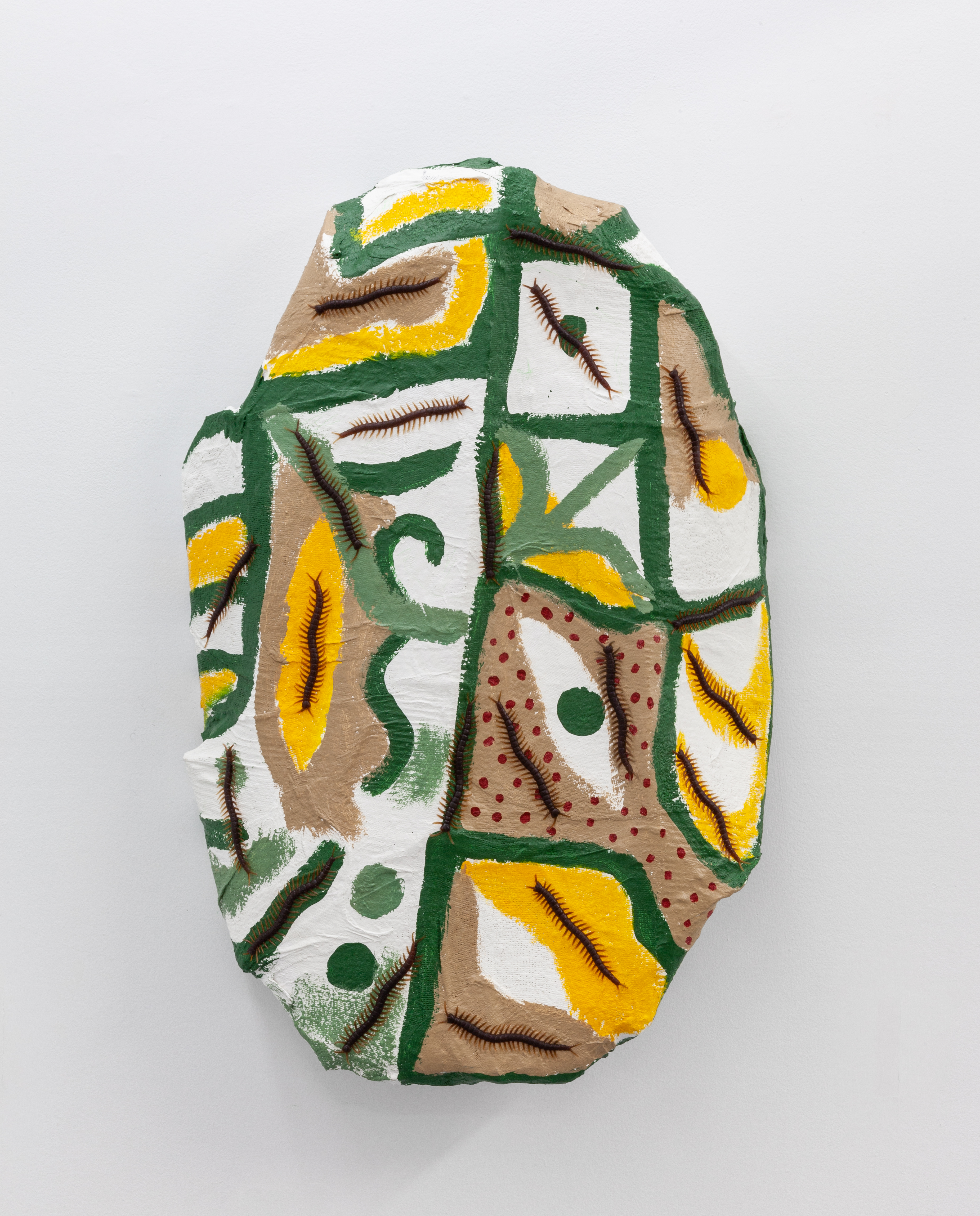
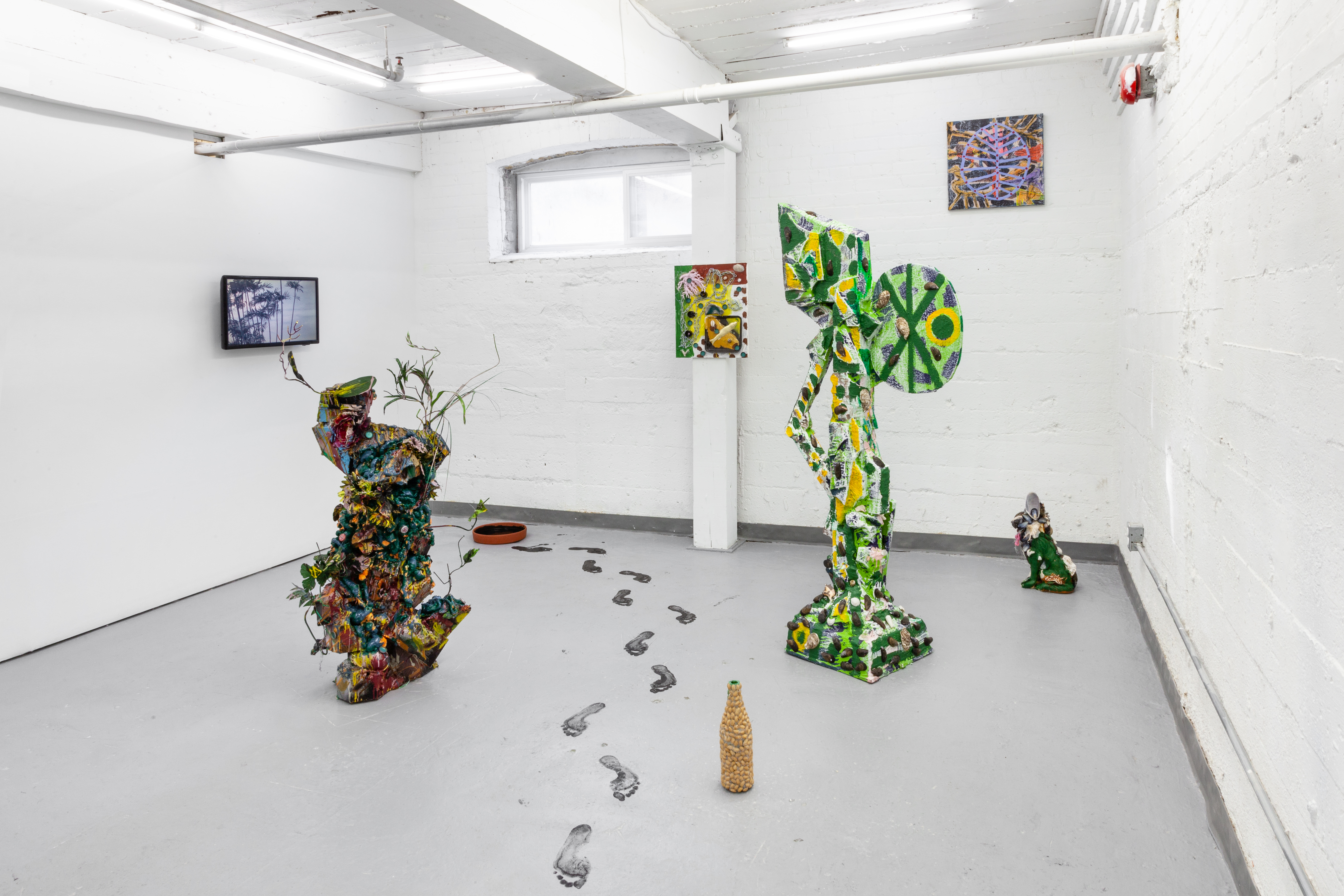
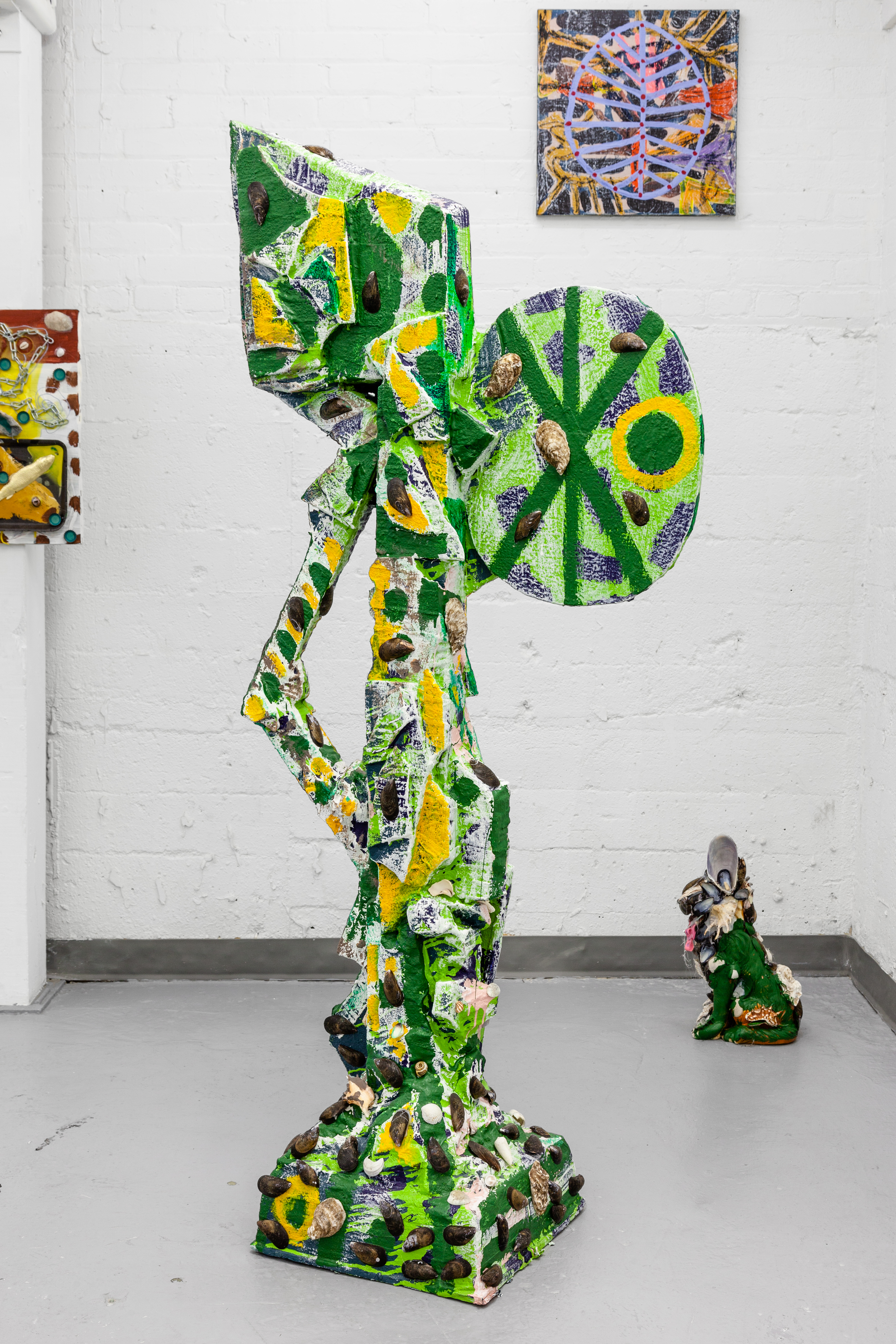
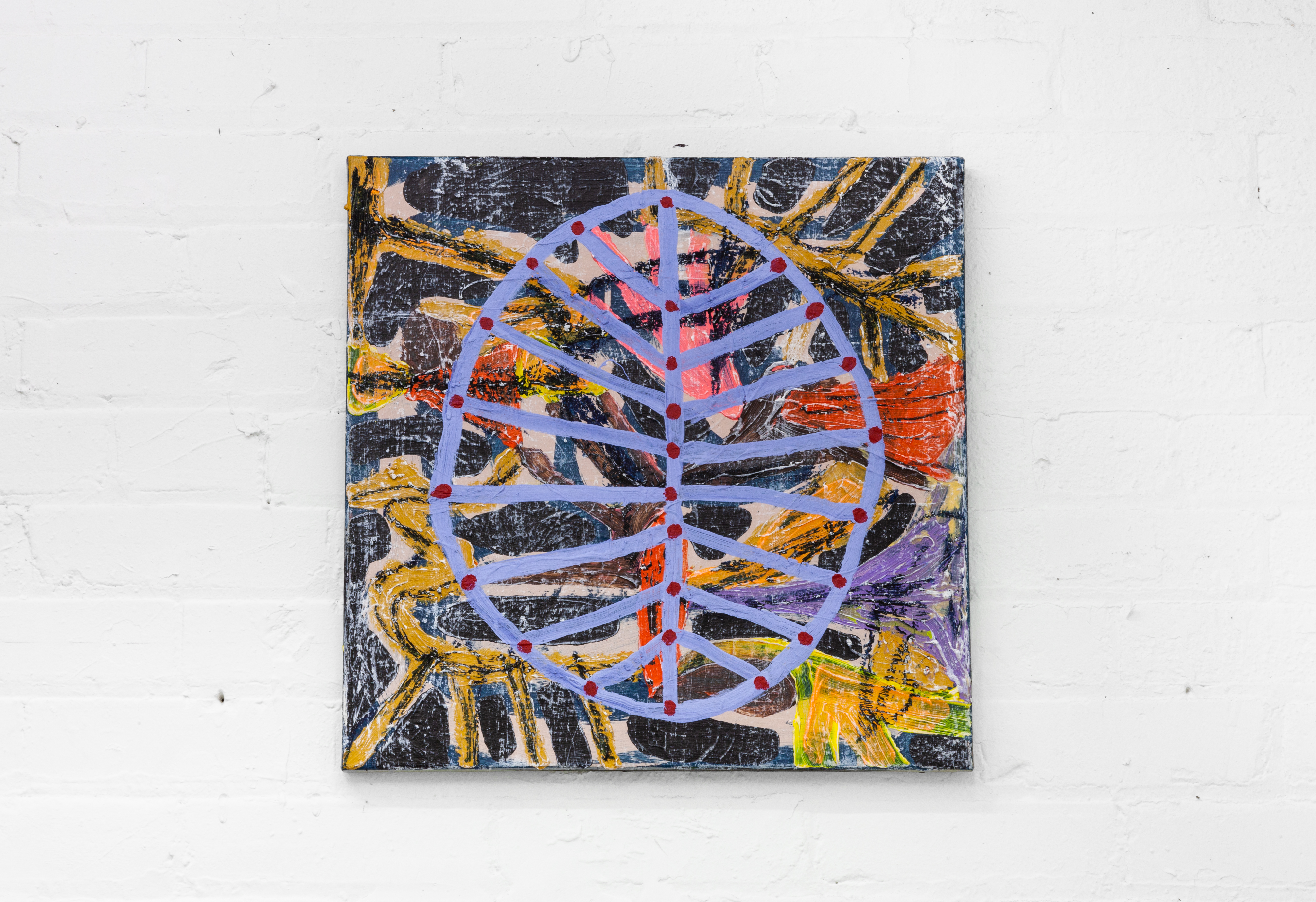
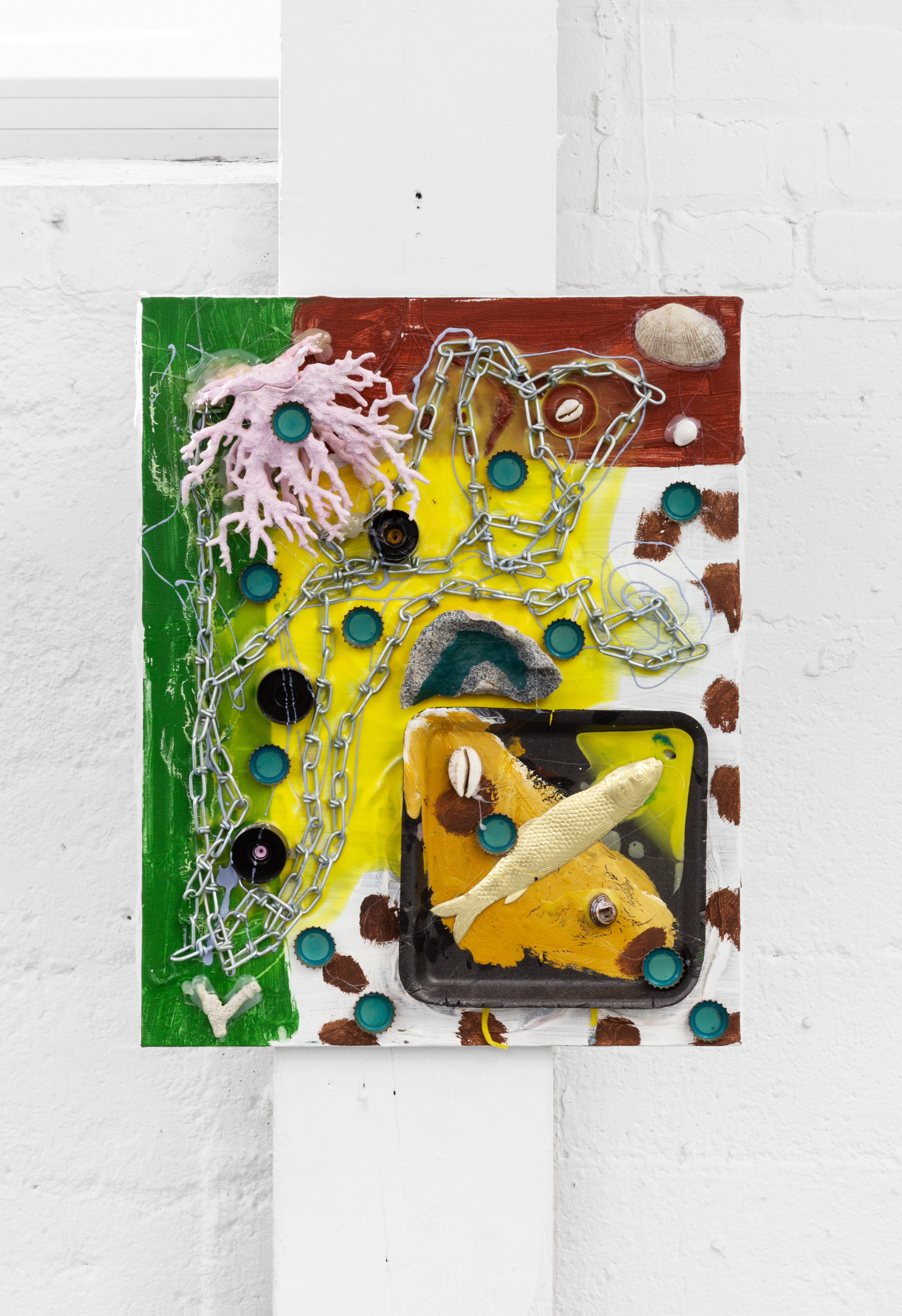

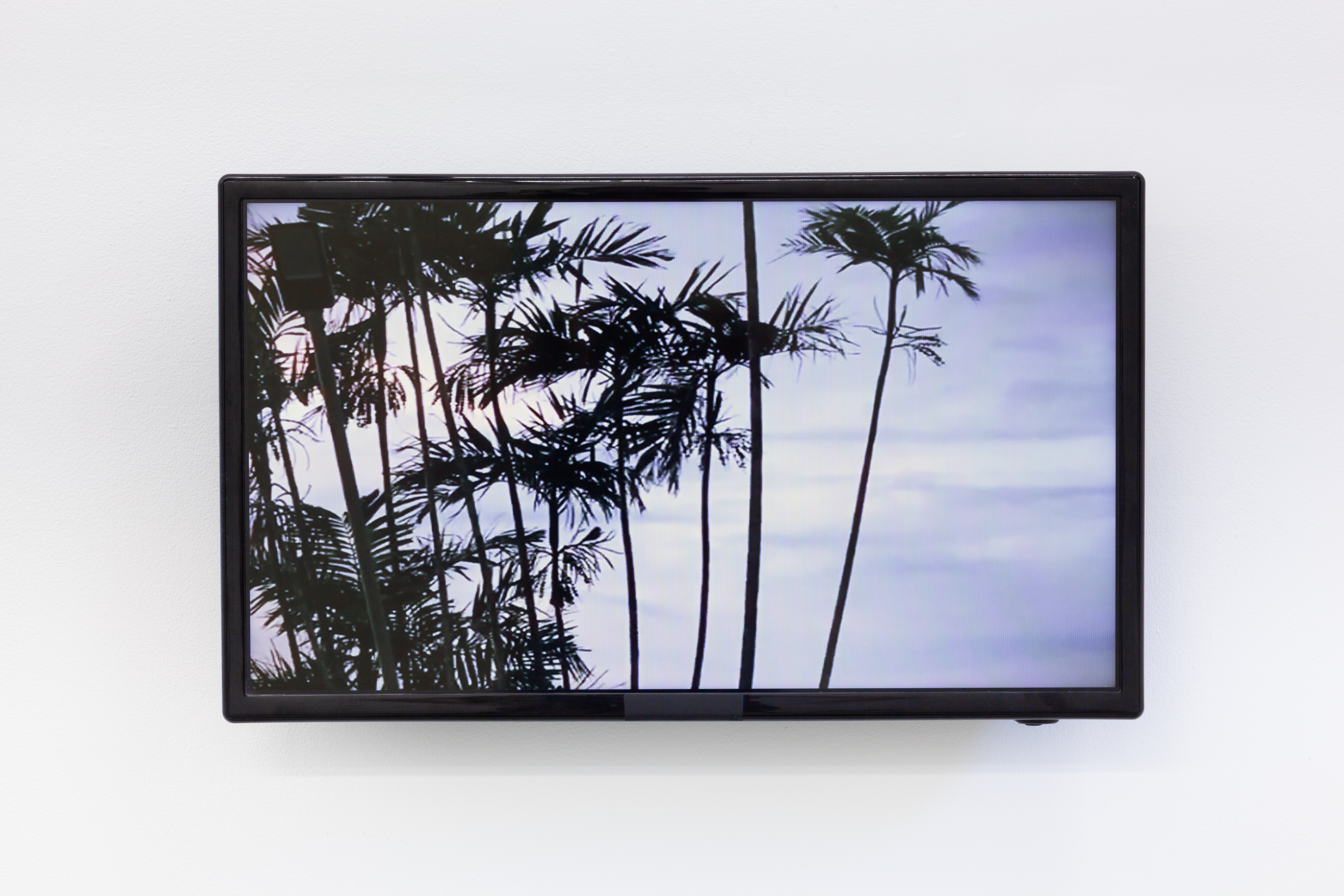
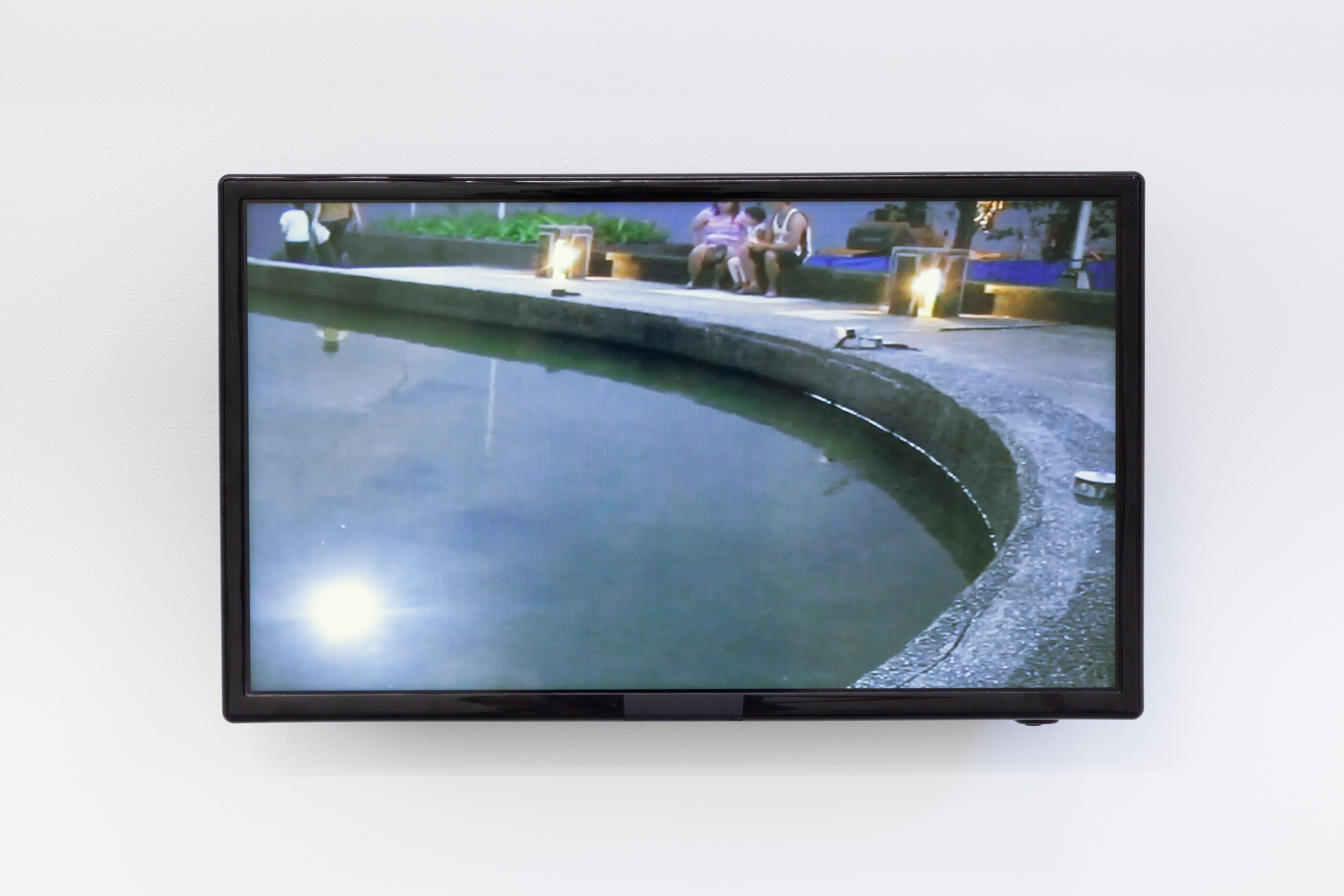
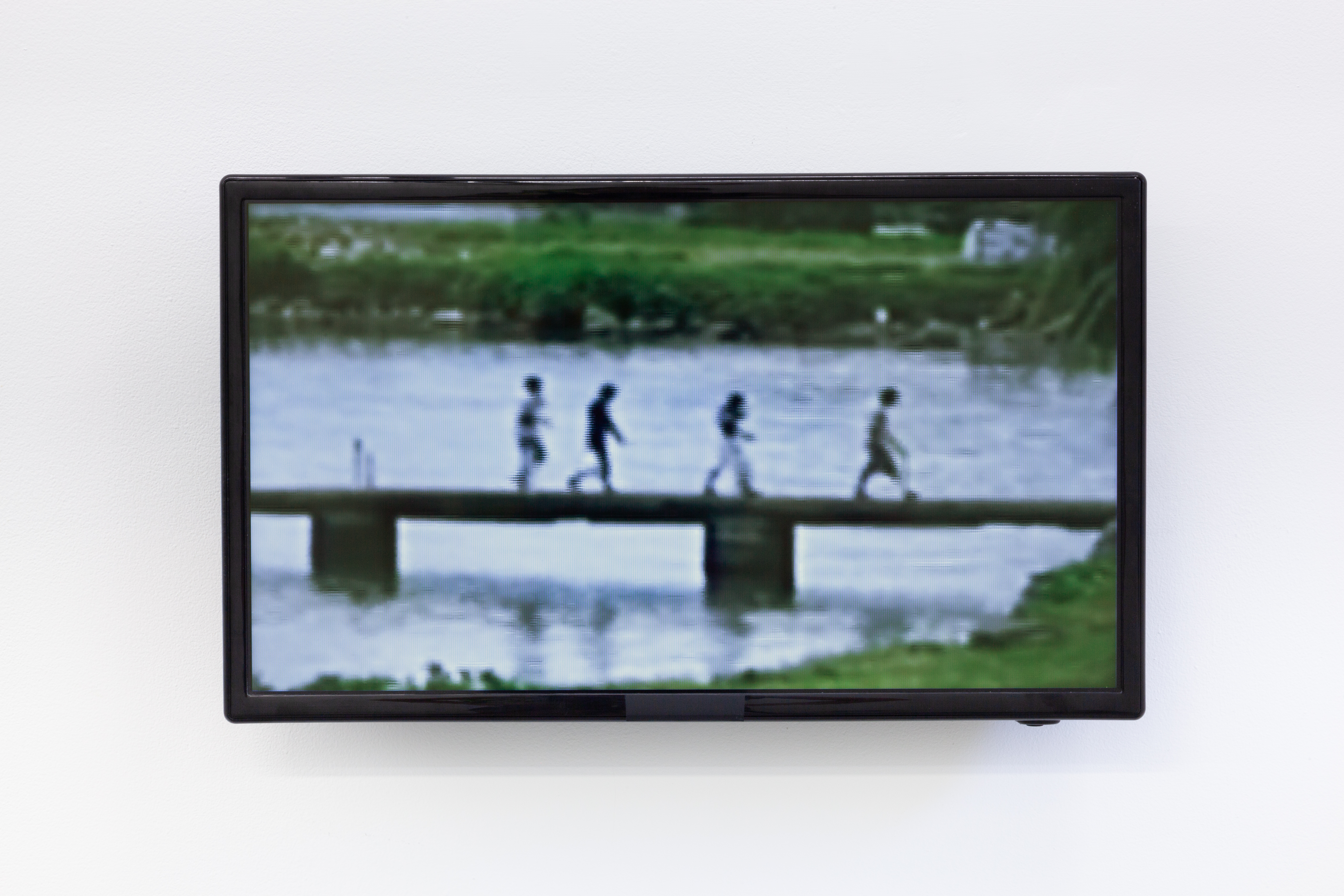
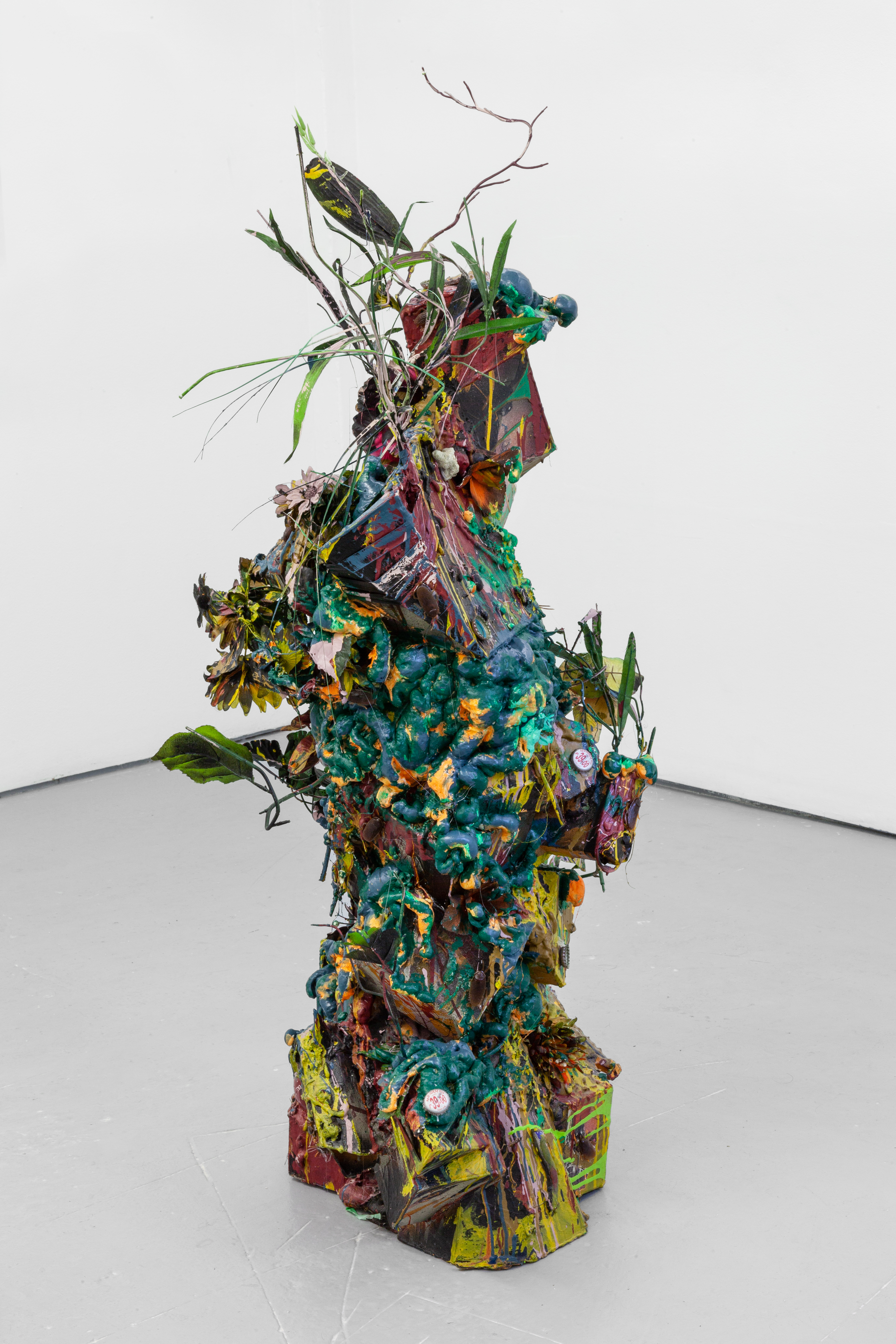

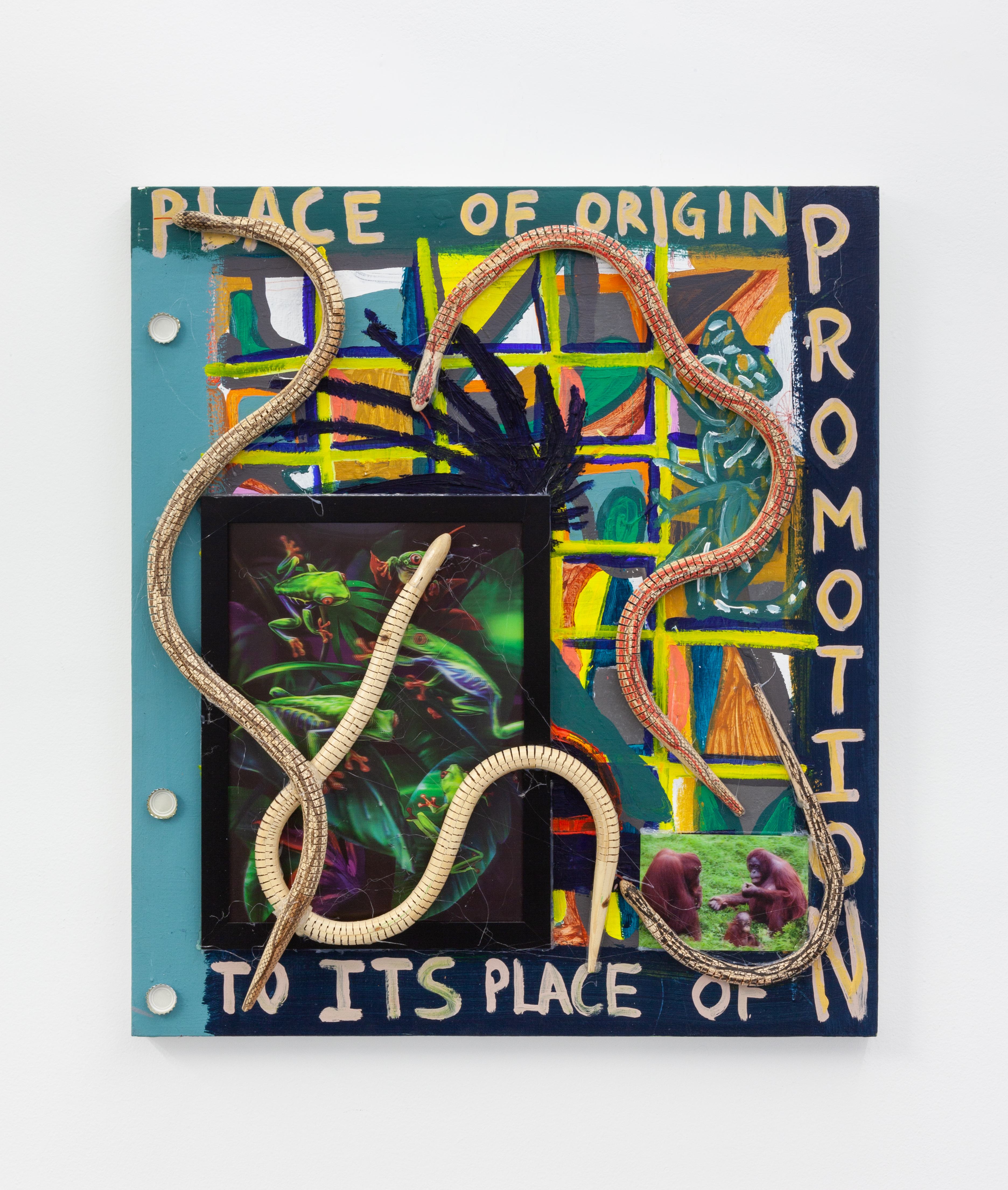
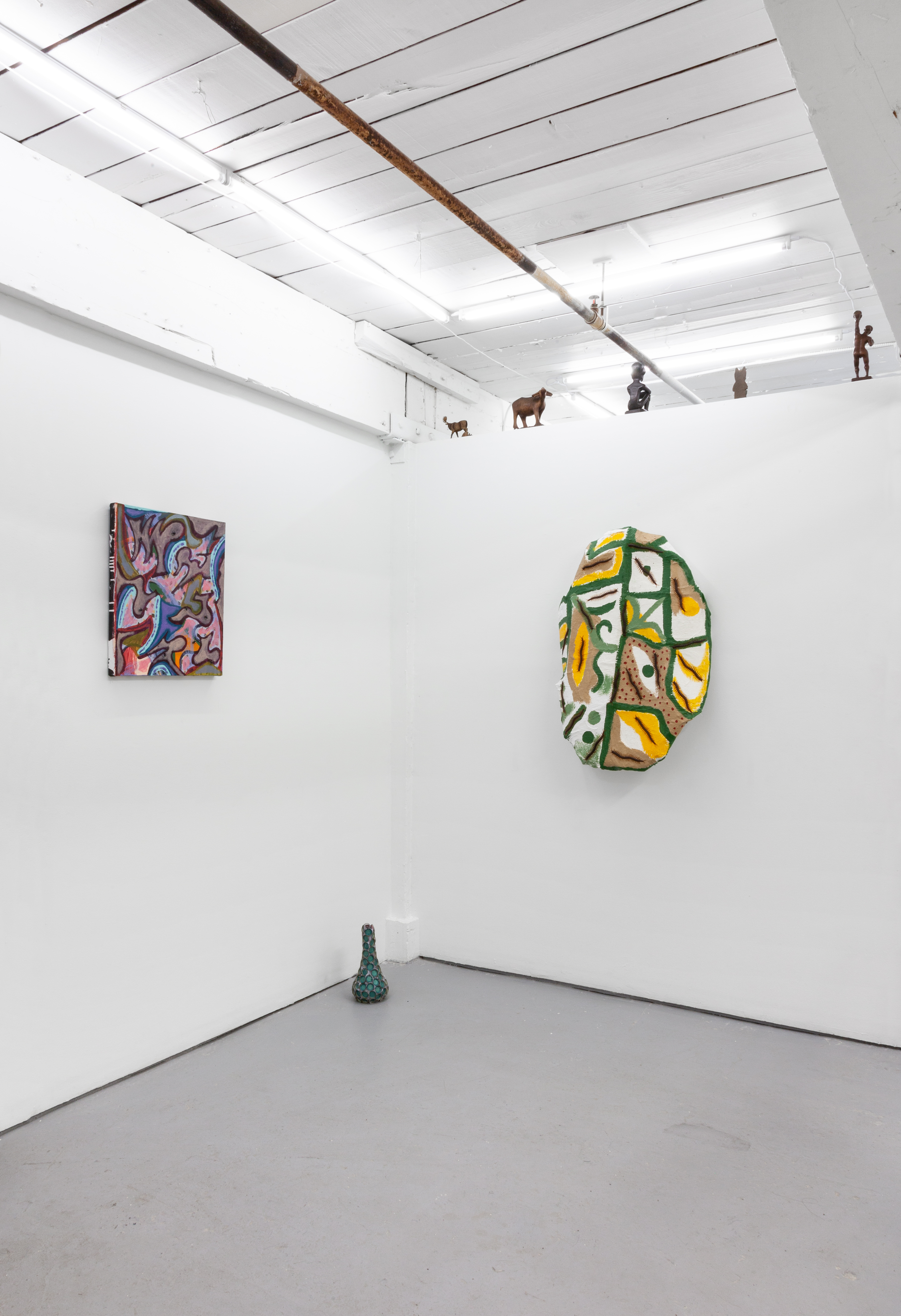
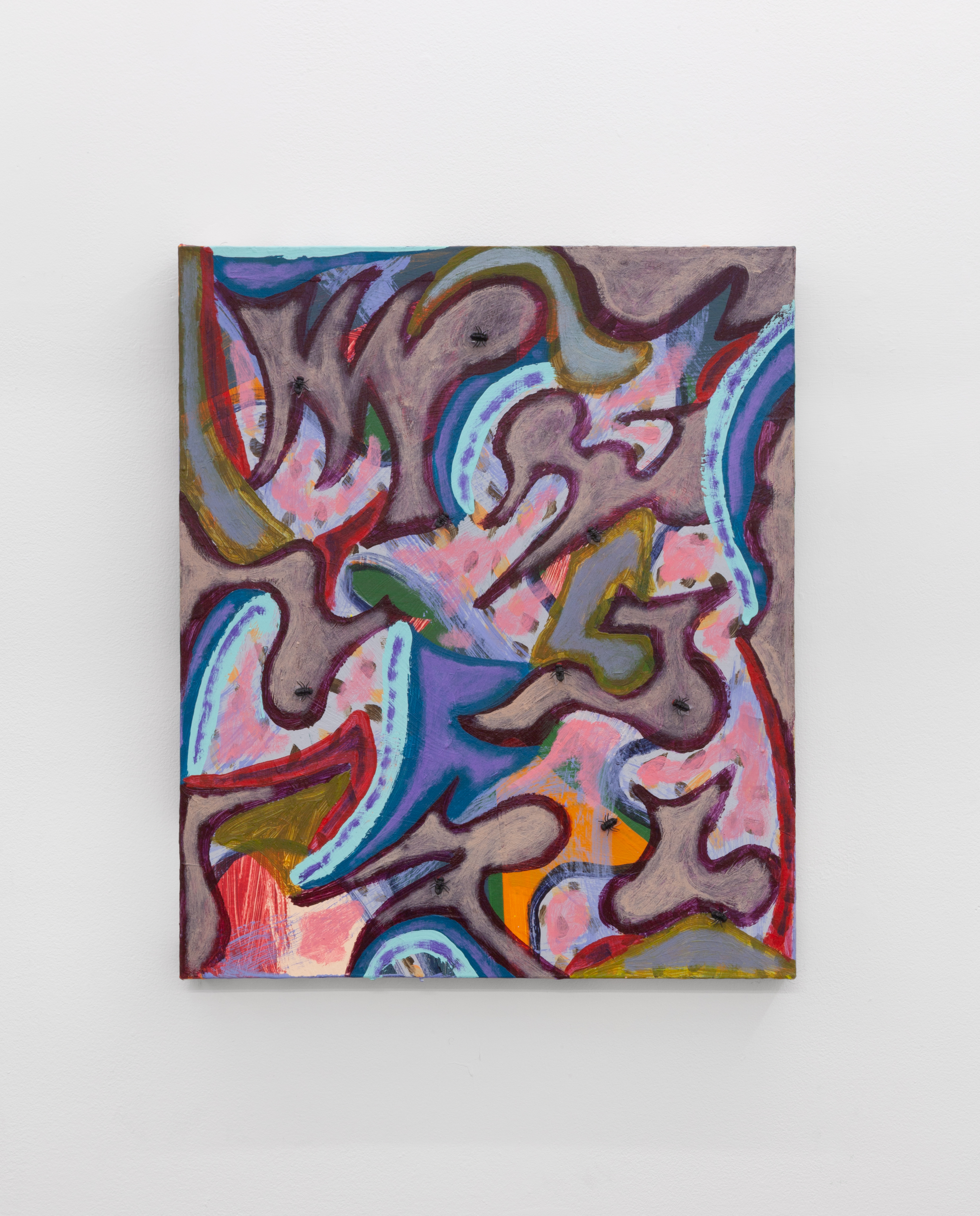

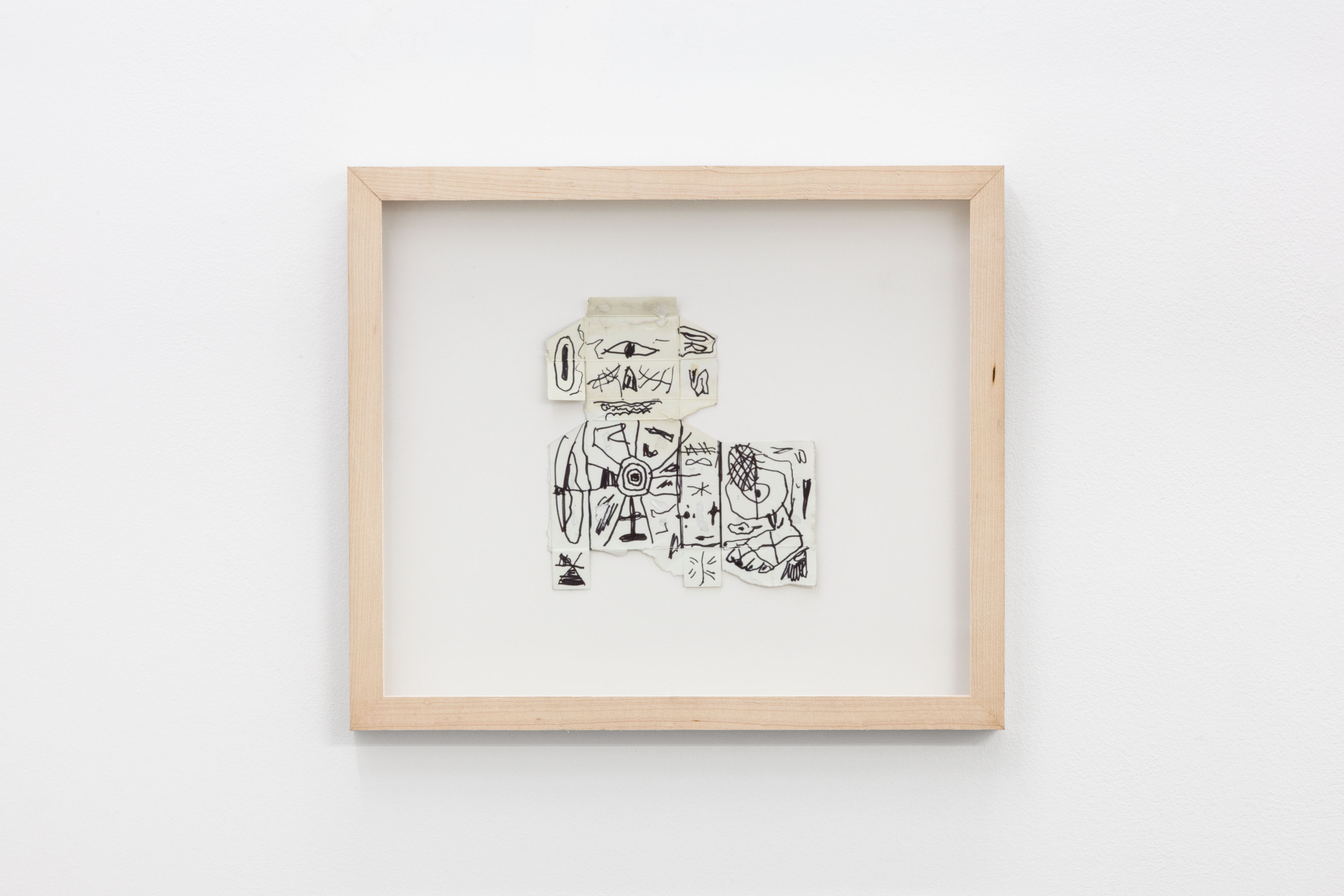
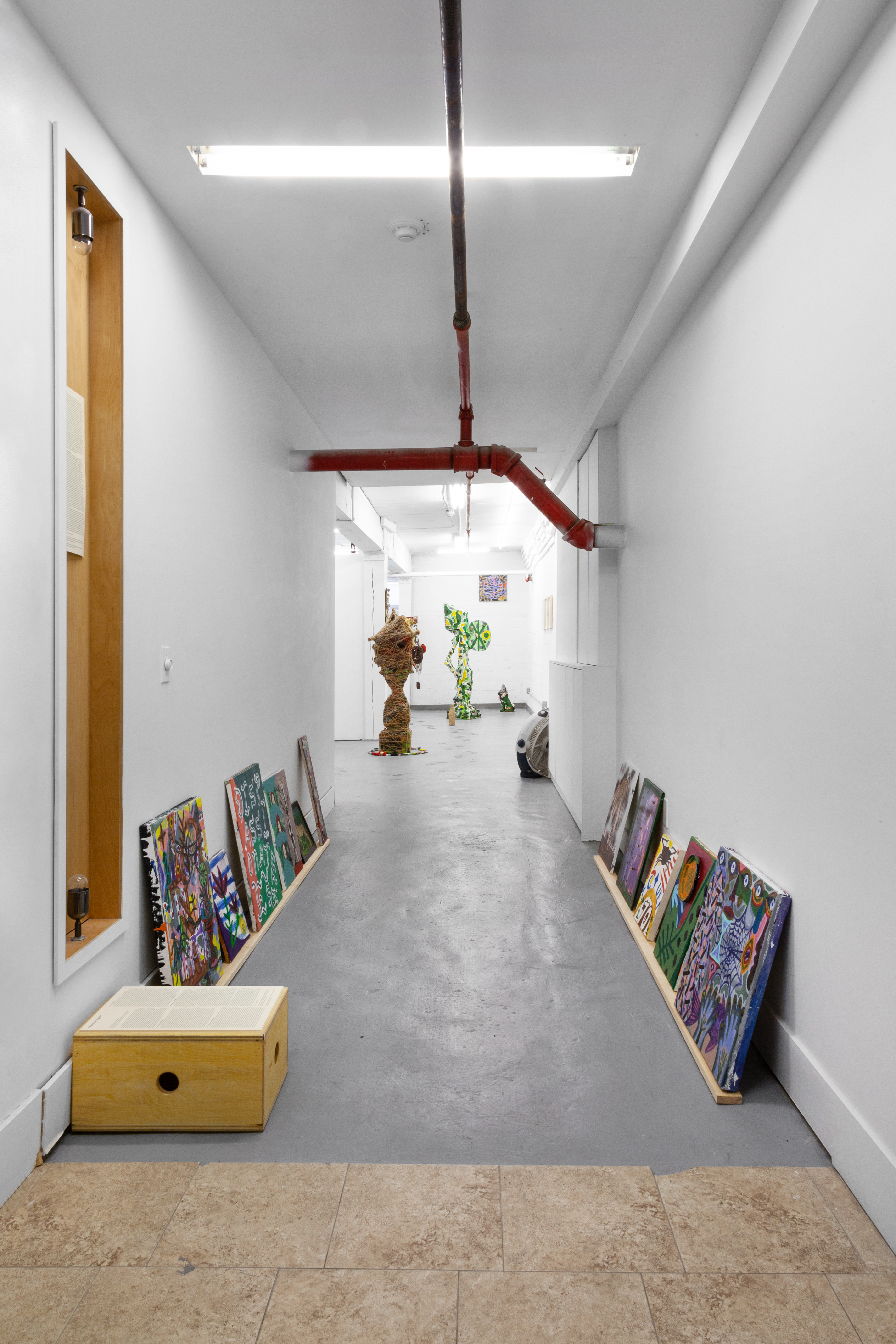
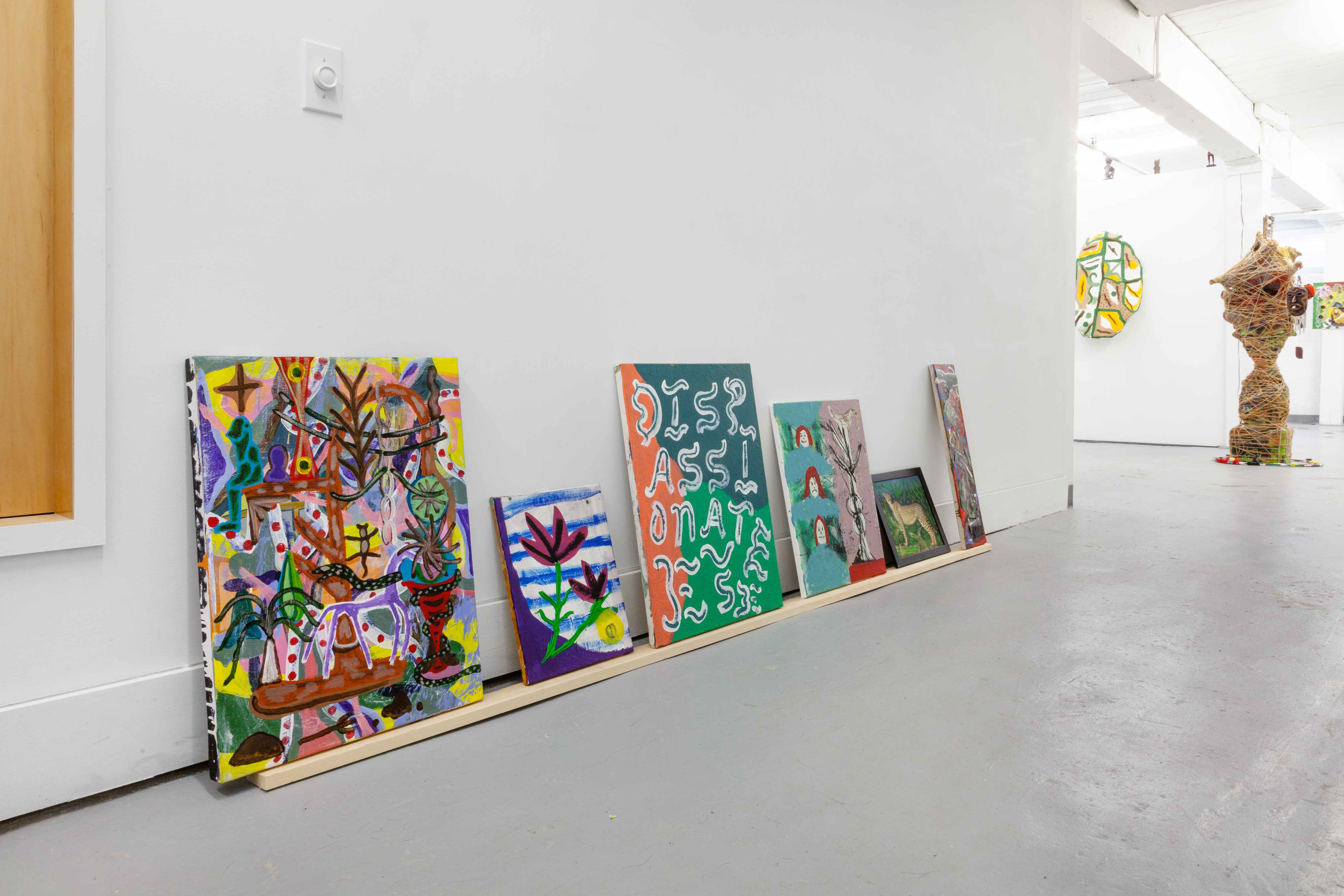

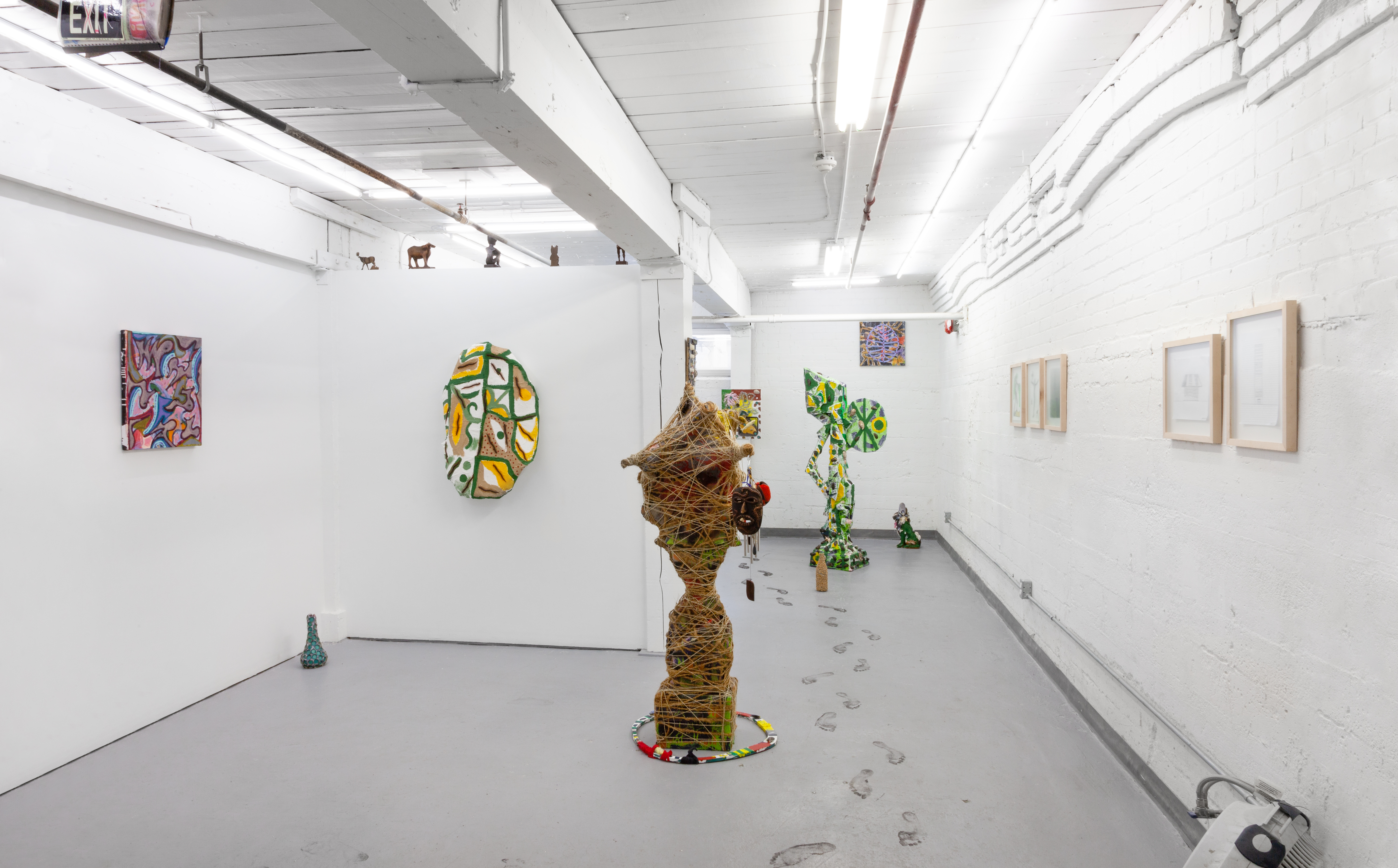
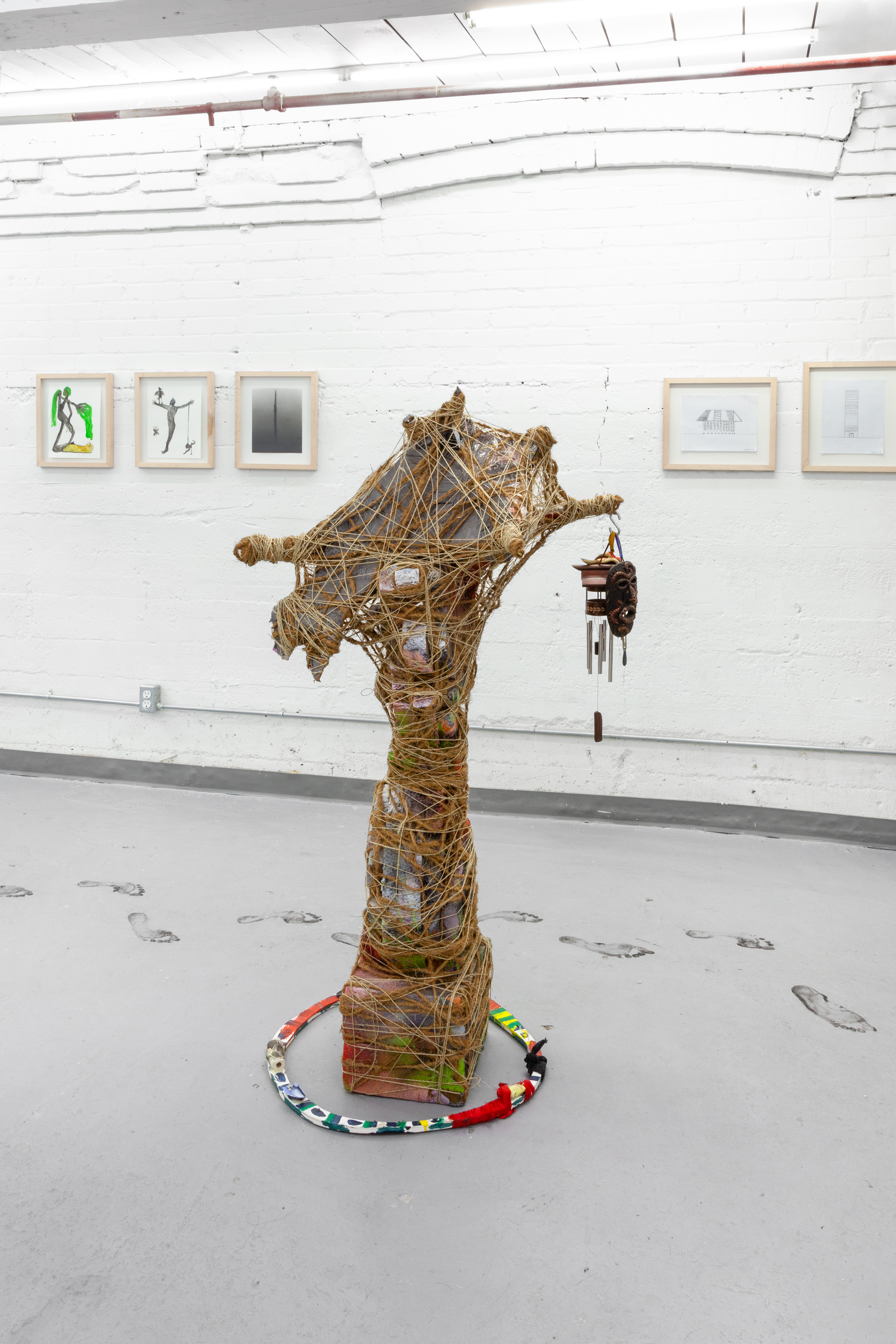
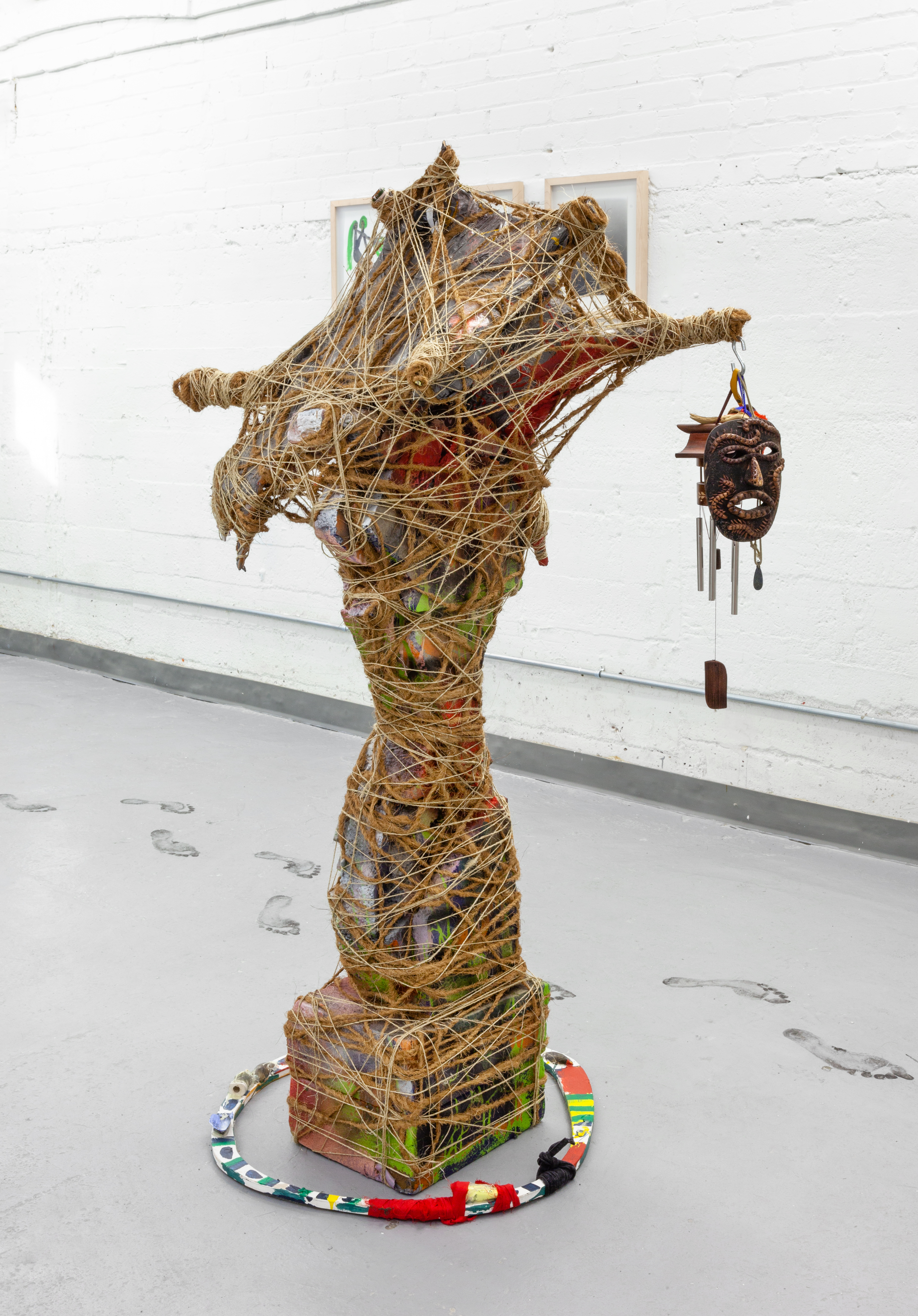

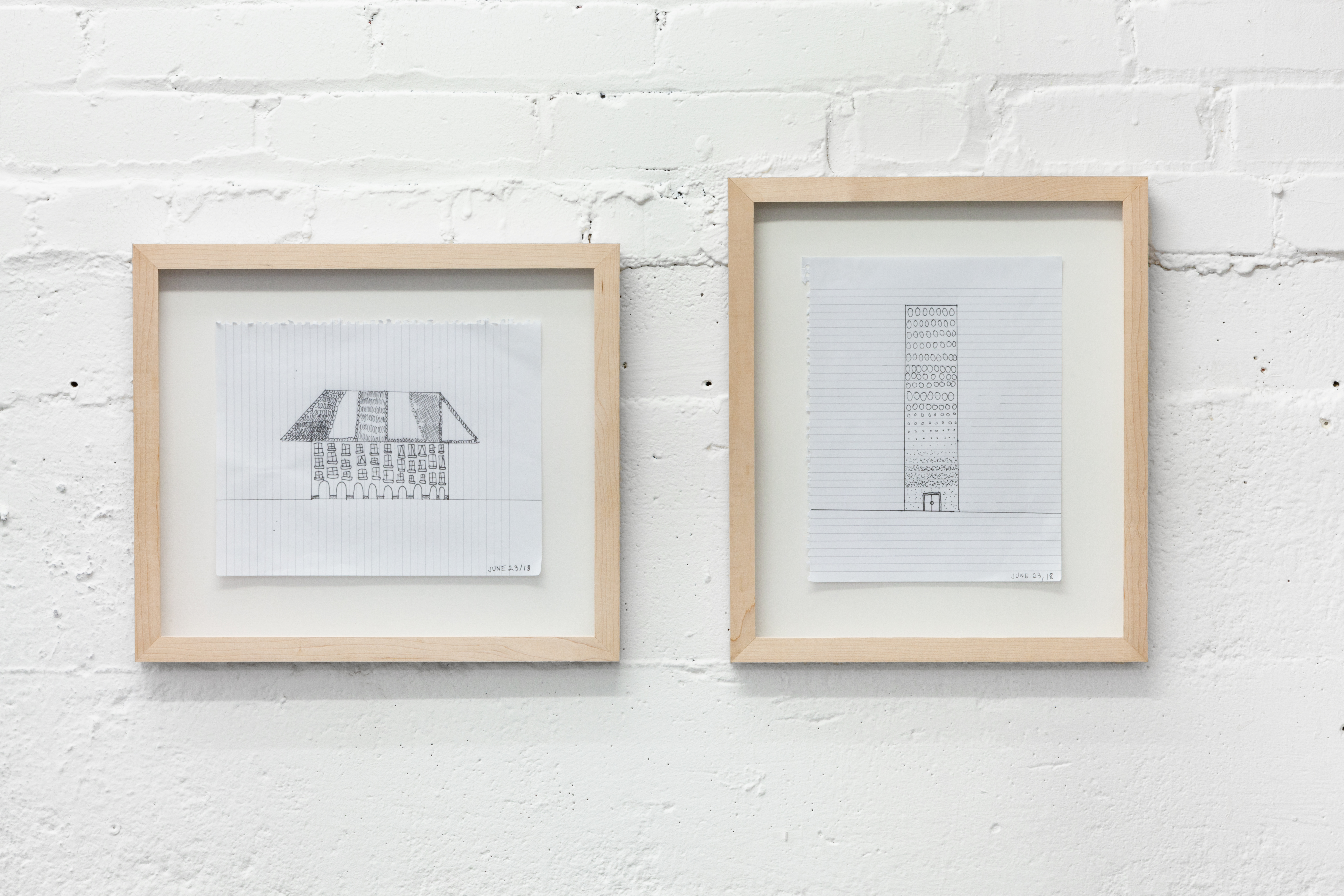


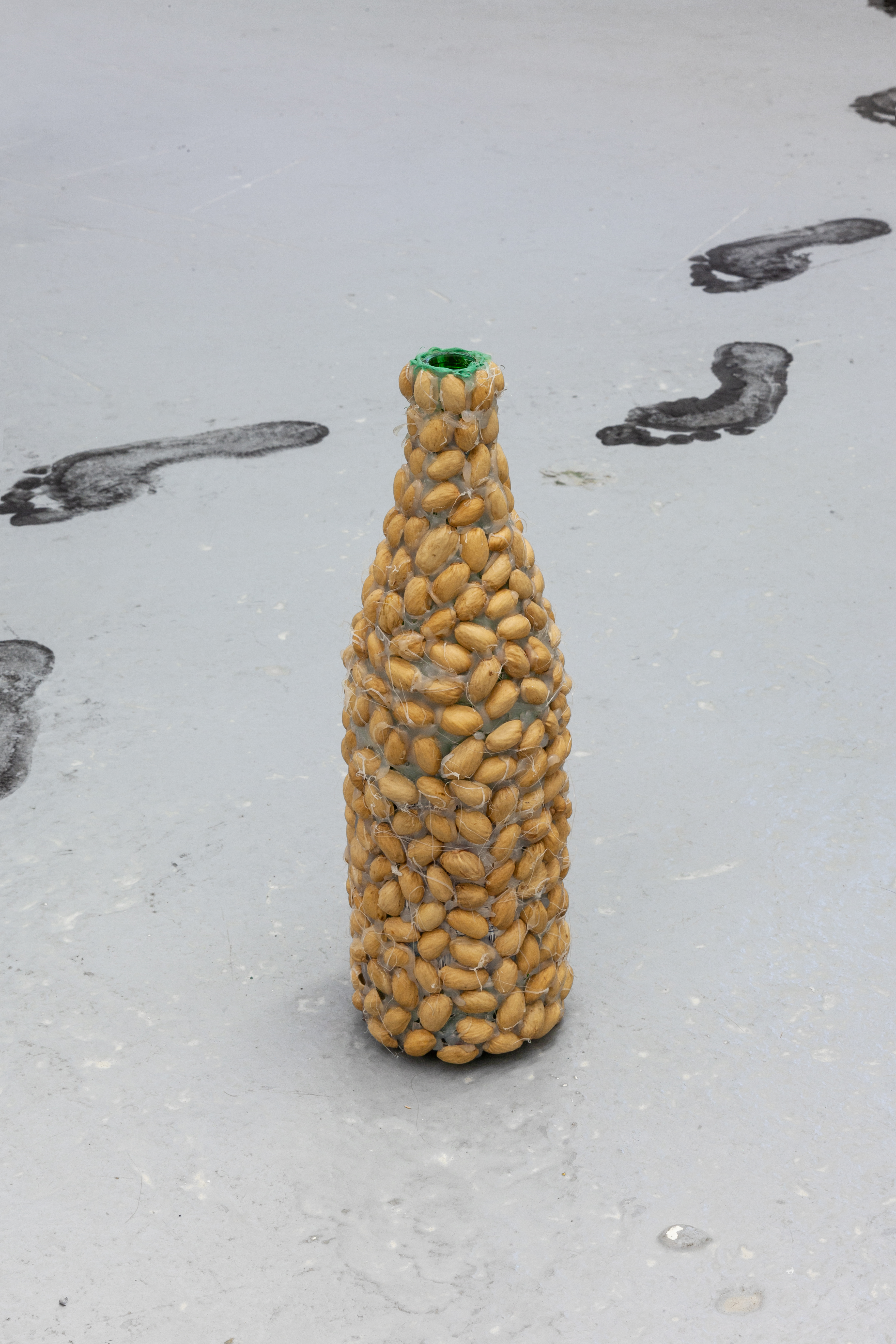
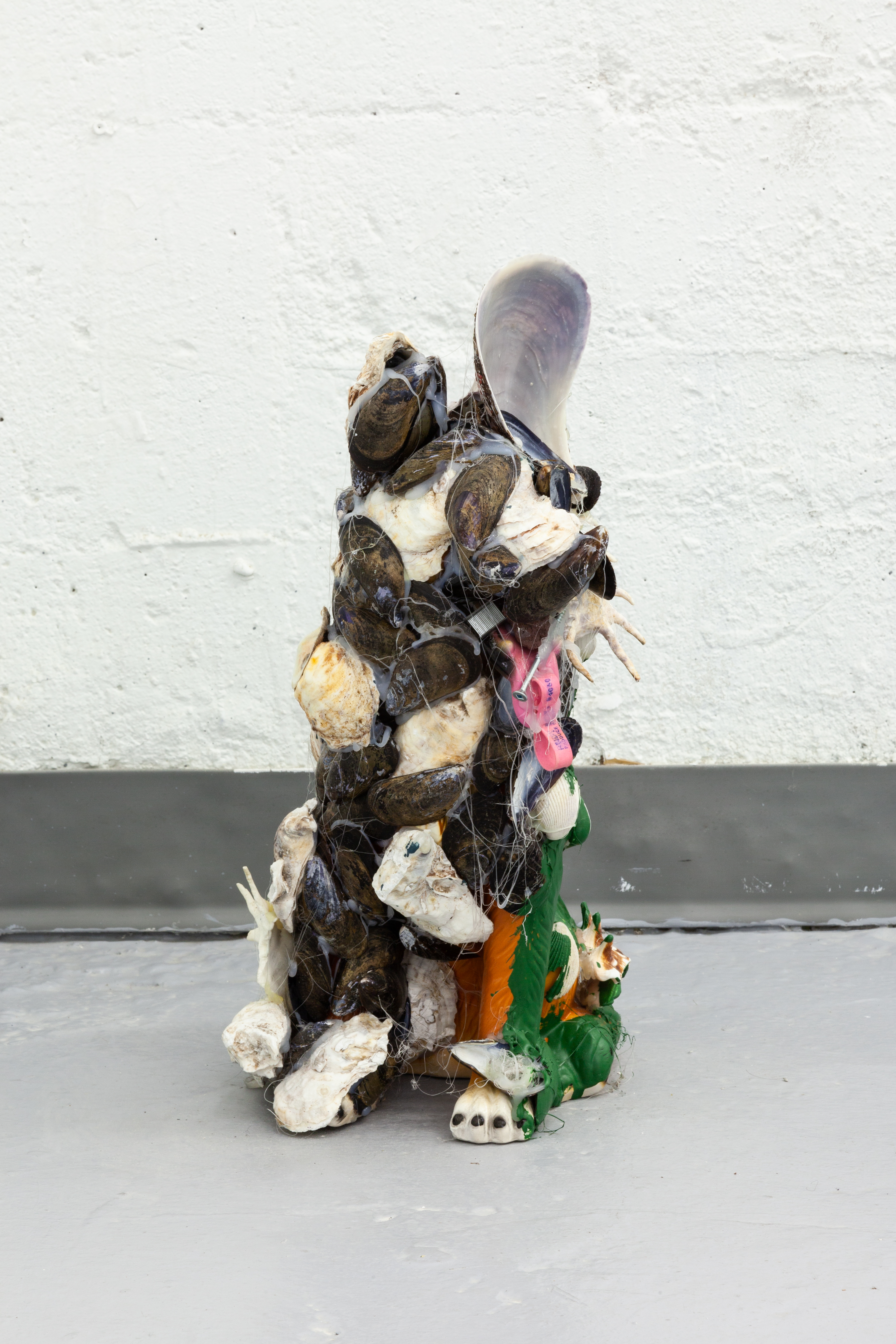
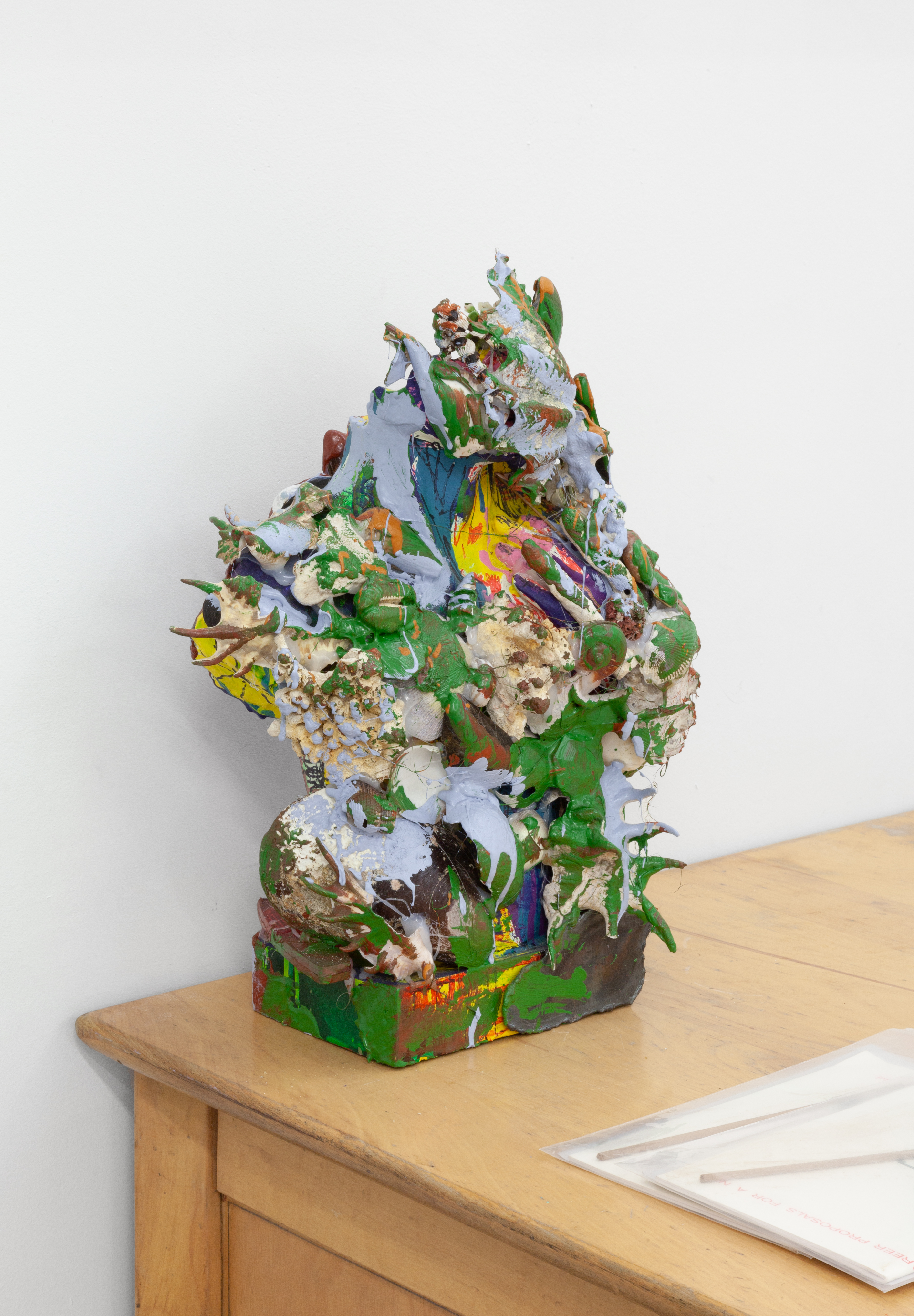
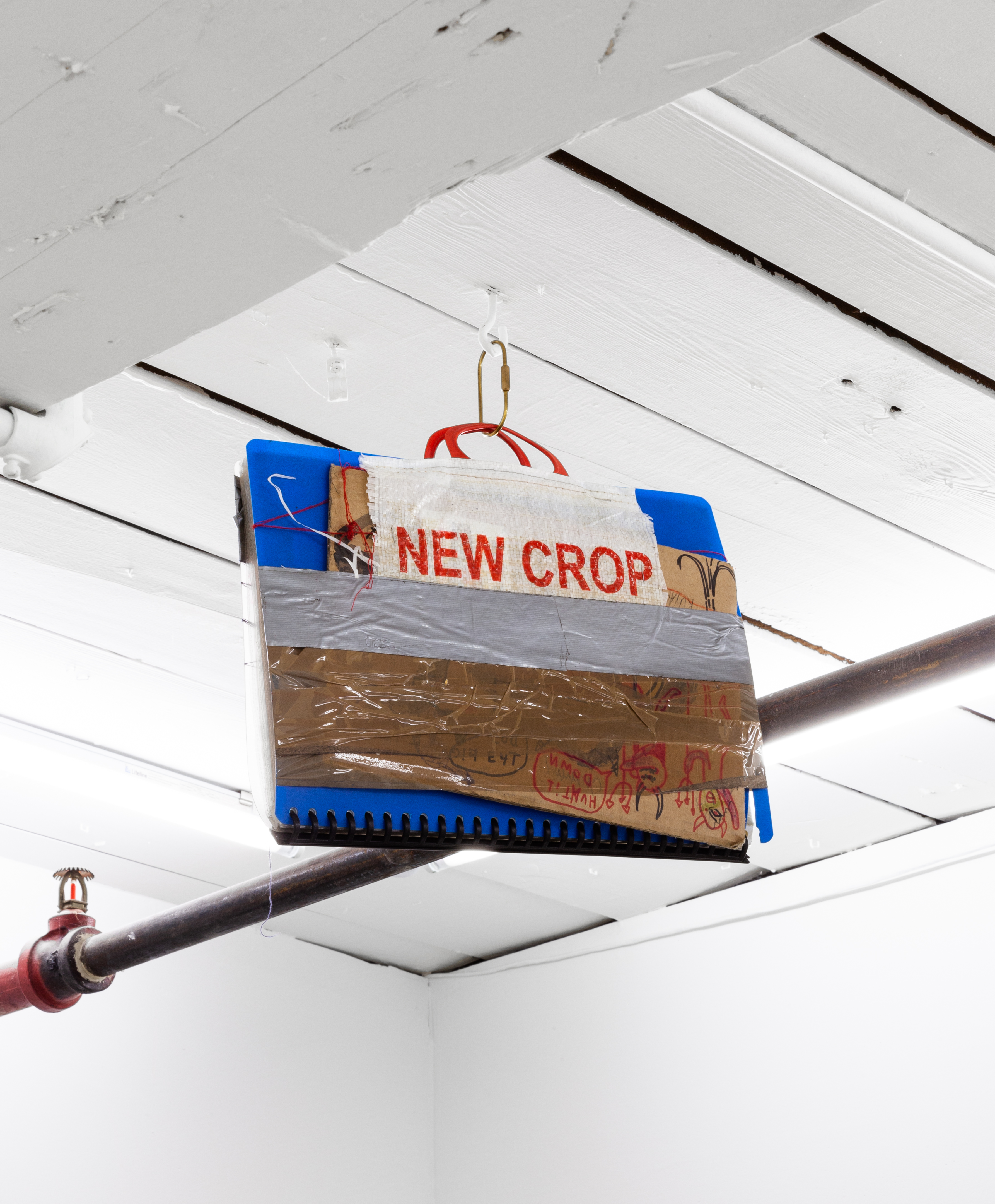
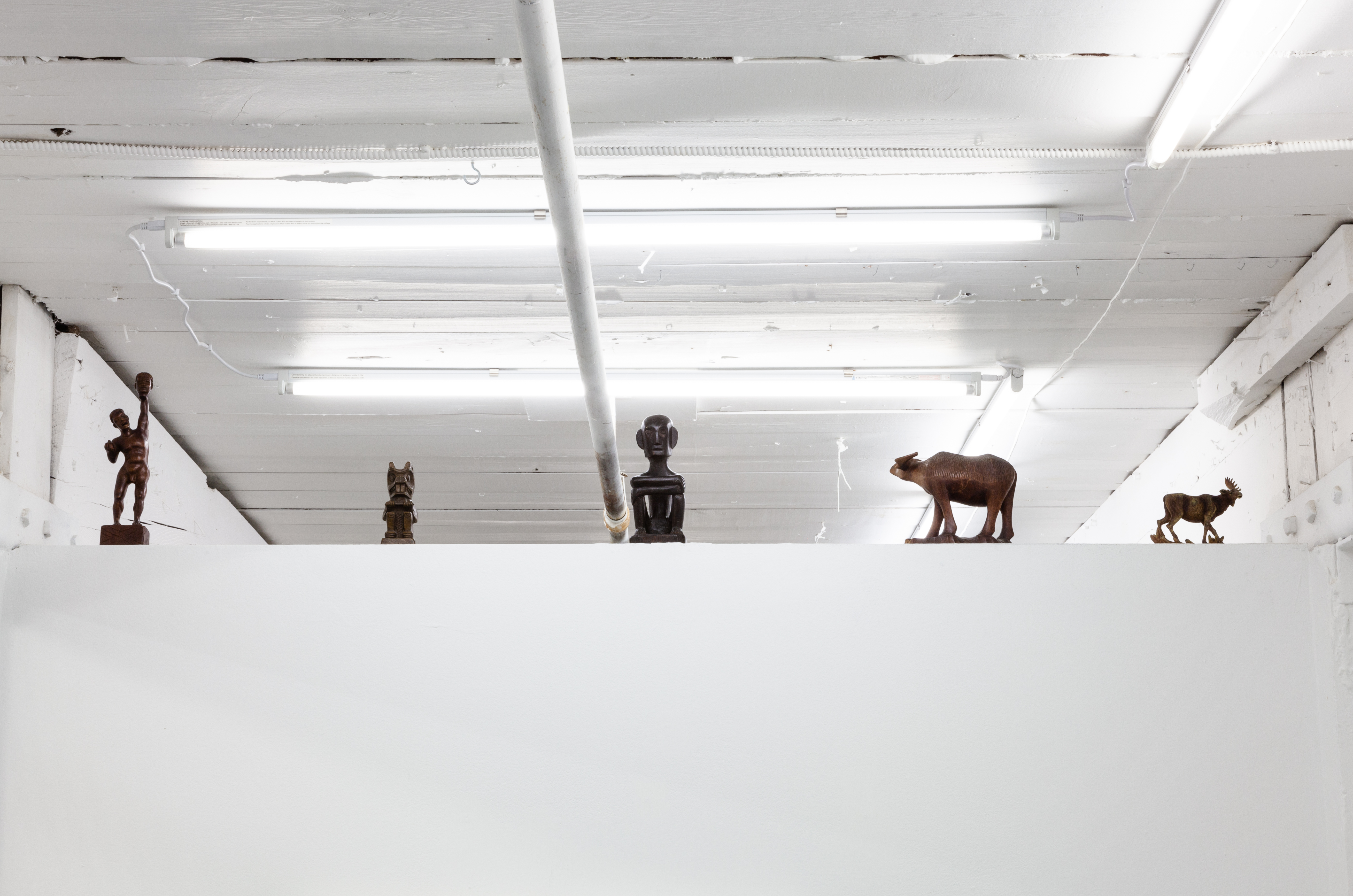
By What Signs?
Full disclosure: I was invited by Patrick Cruz to write about this exhibition, which in fact I will not see in person, as I reside on the other side of the globe. Hoping to avoid becoming an armchair critic or commentator, I proceed by thinking instead through the exhibition’s title, a homage to Michael Snow’s audio piece of the same title. I will return to Snow’s work in the concluding paragraph of this essay. Therefore, I ask: by what signs has Cruz come/is coming to understand? By browsing our instant messages exchanged since 2010, I trace some of the routes that Cruz has treaded over the years and thus reflecting on the background to the exhibition, rather than rendering a detached reading of the exhibition itself. I engage in this process of writing as an anthropologist invested in telling stories about the mundane. Our conversations span art, everyday life, anthropology, job search, friendships, the Filipino diaspora, gossip, the Philippines, community organizing in Vancouver, etc. Our correspondence happened in bits and pieces, often interrupted by memes, gifs, videos, and shared weblinks. I focus on only three themes – knots that stand out – out of a very long exchange that began some eight years ago.
One: Wintry Beginnings
Cruz sent a message in February 2011 to say that he had moved out of his parents’ home in the suburbs to a cheap boarding house in East Vancouver, which he shared with friends from Emily Carr University. He complained that the cost of living was prohibitive, and I replied, “Welcome to Vancouver.” The cost of living was not as low as he had expected, and his savings from working part-time as a clown for children’s birthday parties in wealthy Kitsilano homes, which he thought were going to last until April, would not even suffice for the current month. He followed his message with the meme of a dog crouched on a carpeted floor, looking troubled and sad. The boarding house was also not properly heated, he typed, and he would get hungry too fast because of the cold. He added that it was unfortunate that Vancouver was experiencing some snowfall during that time when he was trying to reduce his electricity bill. He was tired of the cold, he lamented. Sensing that I was unsure how to offer sympathy, he changed the topic of our conversation to tell me that the atmosphere in the boarding house was lively anyway, even if most of its student-residents suffered different degrees of financial misfortune. English was rarely spoken in the house, he told me, as most had come to Canada from India, Pakistan, and China. He said he might be looking for a warmer house soon, or that maybe he would just return to his parents’ rented house in Surrey, or quit school and work full time as a clown, so he could retire early in the Philippines, where he said he planned to found an art gallery in the basement of their old family home in Kamias, Manila.
Two: Made in the Philippines
In mid-2015, Cruz sent a distressed message that he was unable to fly to the Philippines. There was a “hassle” with his passport, he said. Cruz had been planning this return and extended stay in the Philippines as he had graduated from Emily Carr, had saved a decent amount of dollars, and was looking forward to returning home to organize several exhibititions in Manila. He had expanded his contacts among Manila artists over the years, and was now ready for a homecoming. What was the hassle, I asked? He was already at the airport checking in, he wrote, when the staff behind the counter pointed out that his passport had only one month left until expiry. “Haha,” I wrote, thinking that obviously one is not allowed to travel with an expiring passport. I reminded him, “You might be returning to the Philippines, but you’re Canadian now, remember?” I explained that with an expired passport, he would be an illegal “alien” in the Philippines. Eliding my sarcastic commentary, he replied that he would at least be able to get some of his airfare back, but with the deducted penalty for missing his flight, if felt like a “scam.” He told me that he had very recently regained his Filipino citizenship, which meant that he had reclaimed his first citizenship that he had lost when he had sworn allegiance to Canada. On Cruz’s neck there is a tattoo in fading black ink that spells “Made in the Philippines.” He said he even pulled down his shirt’s collar to show the staff at the check-in counter real evidence that he had no plans of overstaying in the Philippines. At least the staff laughed and liked his tattoo, Cruz said. He ended that day’s conversation with a disappointed text, “Anyway, lesson learned.”
Three: Valuations
In January and February 2016, we were planning his “homecoming” exhibition and talk in Vancouver, post-RBC award. I told him that Makiko Hara, the curator of his post-award show, had said that the expected attendance was around 100. Cruz was sure that that was an overestimate, and that perhaps there would be only 10 to 30 people coming to the conversation between himself, Hara, and myself, to be held in UBC. For sure, I said, he would go bankrupt if he had to shell out money for so many donuts as he had promised to bring donuts to the event. Some weeks after the event, he messaged me to say that he wanted to pay for some work that I had contributed to his show. He said he could pay in cash or he could give me a painting. Cruz suggested that I take cash, saying that cash makes more sense as it was more “functional.” I said I’d take a painting, but that I would like to claim it later, when he is near the fame level of the likes of Jeff Koons. LOL. The following year, Cruz was back in Manila organizing the basement exhibition in Kamias that we had talked about before. I wrote that some artists were asking why an artist from a land-owning family was participating in the show that Cruz was curating. It is good to know, he wrote back, about the “mysteries” of the Philippine art scene. A few days later, he texted to say that he was enjoying his time in Manila and hoped to never have to leave. I asked if it was because he had found a girlfriend in the Philippines, to whom he would be able to bestow the gift of the much-coveted Canadian citizenship. He already had a girlfriend, he said, but a Canadian citizen like him. To this person, he added (and I could imagine him laughing as he typed this), he planned to give the gift of Filipino citizenship. “No healthcare, no retirement plans,” I wrote back to note the powerlessness of my own citizenship/passport. Cruz replied, such is the fact of “Filipino time.” I wondered if that was what he had in mind when creating “Time Allergy,” his winning work for the competition – that time as experienced both in the diaspora and at home, is persistently and commonly undervalued.
The Current Assemblage
In his statement for this exhibition, Cruz writes of mobility as opening people to experiences of “cultural hybridity,” which he understands to be “coalescing in a state of homogeneity.” Cruz writes that by exhibiting found tourist crafts, he wants to “democratize the production, dissemination, and consumption of art...” He wants to make a statement about everyday borrowings from the “Other” as linked to their production as not-yet/never modern, as a sight of wonder, and ultimately, as consumable. The objects displayed could have been sourced from anywhere, which brings into focus his critique of the universalization of aesthetics that stands for the “other.” These representations are in display rooms and stocked in storage of shops peddling mass produced uniqueness, in Chinatowns, in Filipinotowns, in the dollar and 100-yen stores, in tourist shops, in practically everywhere.
Anthropology (my discipline) trains scholars to pinpoint keywords that could aid them in identifying from which points in a vast geography of knowledge they could begin their creative intervention or academic inquiry. If I were to convert this essay into an anthropological exercise, “appropriation” would be a key term. Paul Ricoeur’s (1981) idea, that the act of appropriation has productive and transformative effects, particularly on the appropriating artist/agent who wants to make sense of the world, would be instructive. One would also be led to visual anthropologist Arnd Schneider, who suggests reframing the concept of appropriation by thinking about the appropriating agent’s intentionality. As Cruz moves between Manila, Vancouver, and Toronto, it would seem rather obvious to additionally interweave “appropriation” with “globalization,” to make an argument that the current exhibition comments on the circulation of ideas and products that stand in for the universalized “cultural,” the “native,” and the “indigenous.” But all these points would merely reiterate what the artist is coming to understand/understands, and what the viewers of the exhibition can discern, about the exhibited works. '
Thus, what I have done in this essay is to piggyback on Cruz’s developing understanding of his coming to know - which he does this time by extending the creative-critical commentary of Snow’s “The Last EP: Unique Last Recordings of the Music of Ancient Cultures” (1987). This collection of audio recordings, I would learn as I mulled over what could be written for this essay, is a faux-ethnomusical compilation that purports to record disappearing and endangered cultures. “By What Signs Will I Come to Understand?,” in Snow’s CD, appears to be an African chant, which is then revealed in its accompanying text, to be a Whitney Houston pop song that had transmutated through heavy editing. If Cruz’s current project was moved by Snow’s work, I extend his tribute by ethnographically writing on some parts of his story that I know, but also partly borrowing from Snow’s aesthetic and critique. (June 25, 2018, Shanghai)
- Dada Docot, 2018
Patrick Cruz (b. 1987, Manila, Philippines) is a Filipino-Canadian artist and organizer working between Toronto, Canada and Manila, Philippines. Cruz studied painting at the University of the Philippines Diliman and received his BFA from Emily Carr University of Art + Design and an MFA at the University of Guelph. Driven by folk sentiment, his multi-disciplinary practice is informed by his interest in cultural hybridity, bio-politics, and the paradoxical effects of globalization. Cruz is the founder of the Kamias Triennial in Quezon City, Philippines; an educational week long event that serves as a platform for cross-cultural exchange. In 2015, Cruz won the national title for the 17th annual RBC Canadian Painting Competition. Solo and group exhibitions include, Plug In ICA (Winnipeg, CA), 8eleven (Toronto, CA), Projet Pangee (Montreal, CA), Art informal (Manila, PH), Wil Aballe Art Projects (Vancouver, CA), Centre A (Vancouver, CA), Stride Gallery (Calgary, CA), Art Gallery of Alberta (Edmonton, CA), Susan Hobbs (Toronto, CA), Or Gallery Berlin (Berlin, DE) & Art Center of Chulangkorn (Bangkok, TH).
